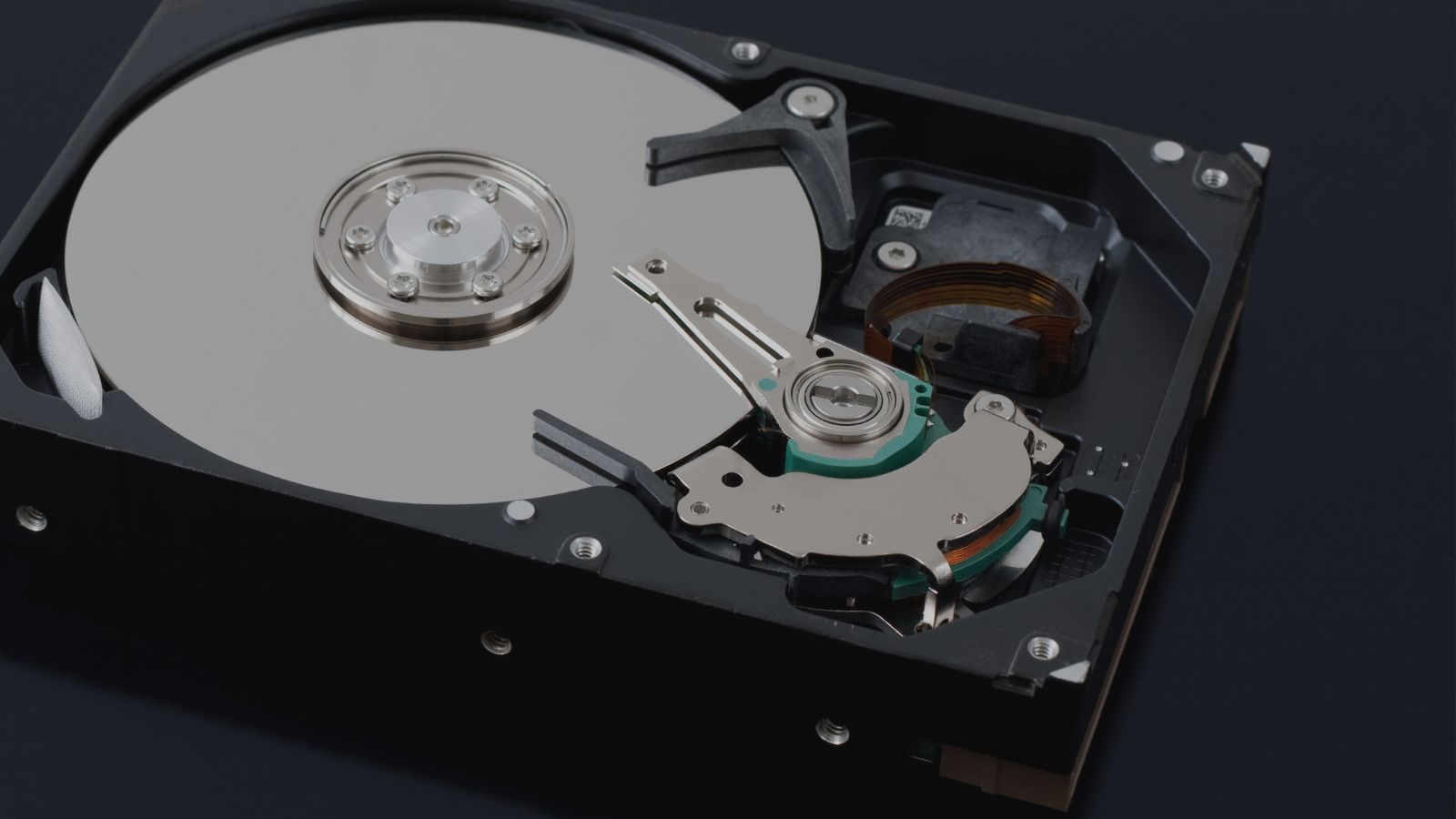Knowing how to format a hard drive can be incredibly useful, and it’s nowhere near as scary or complicated as it sounds – we promise! Whether you want to get your new shiny hard drive ready for use, are looking for a way to fix common software issues, or want to quickly wipe clean an HDD, hard drive formatting can do it all.
In our helpful guide to hard drive formatting, we’ve covered absolutely everything you need to know. This includes why you want to format an HDD, the benefits of formatting, and our easy step-by-step guide on how to successfully format your hard drive.
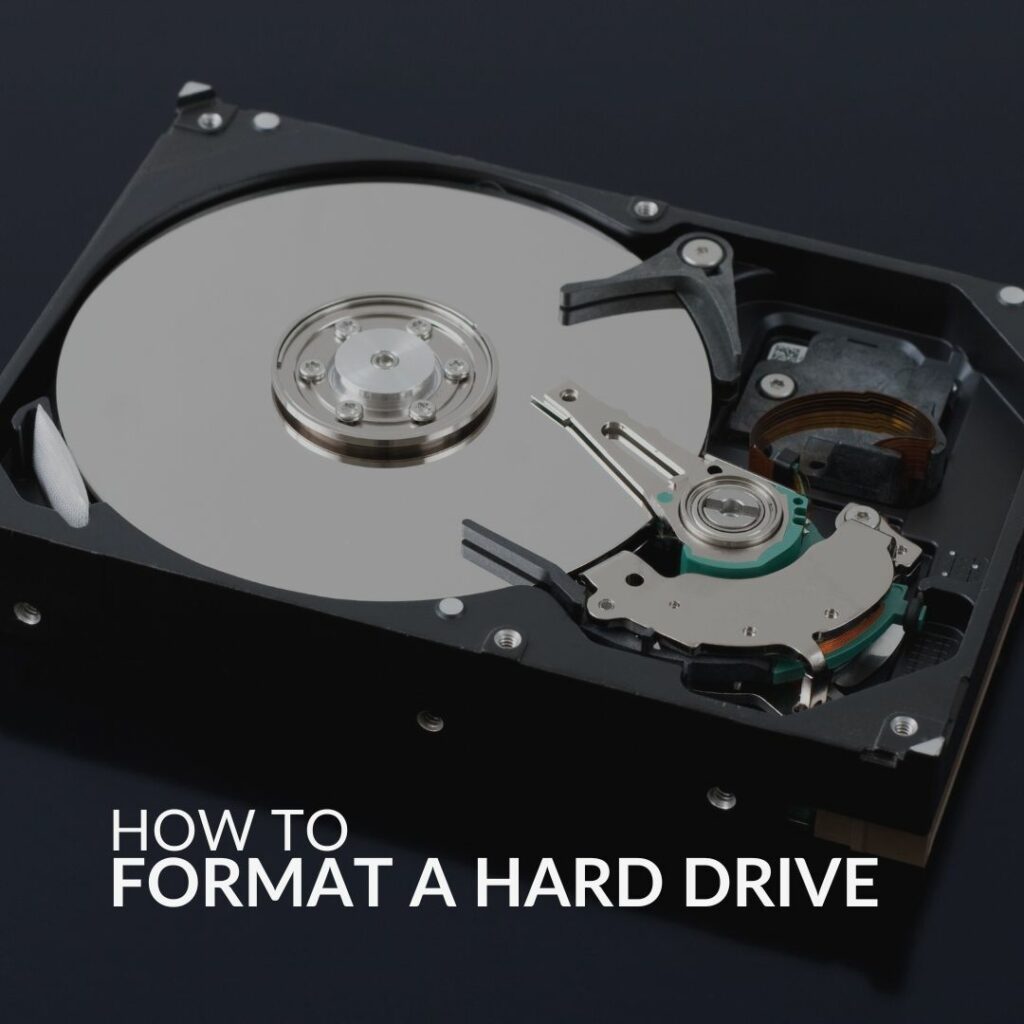
Why Do I Need to Format My Hard Drive?
Formatting a hard drive is especially useful for those who have recently purchased a brand-new drive or are looking to completely wipe their existing hard drive.
When you format a hard drive, it removes all the data that was being stored on it and sets up a new file system, including space for your PC’s OS.
What are the Benefits of Formatting a Hard Drive?
Formatting a hard drive is simple to do and can provide you with plenty of benefits, whether you looking to fix software issues, refresh your PC to boost performance, or simply wipe clean and start fresh.
The benefits of hard drive formatting include:
- Fully wipe all data from a hard drive – stops others from accessing your files if you are selling or trading the hard drive.
- Can be used to refresh your PC to help improve performance – especially useful if your system is performing slow.
- Allows you to easily create a new file system
- Can delete harmful programs that you didn’t realise were on your PC, such as viruses or other forms of malware.
- Can be used to fix software issues, such as the blue screen of death or numerous boot errors.
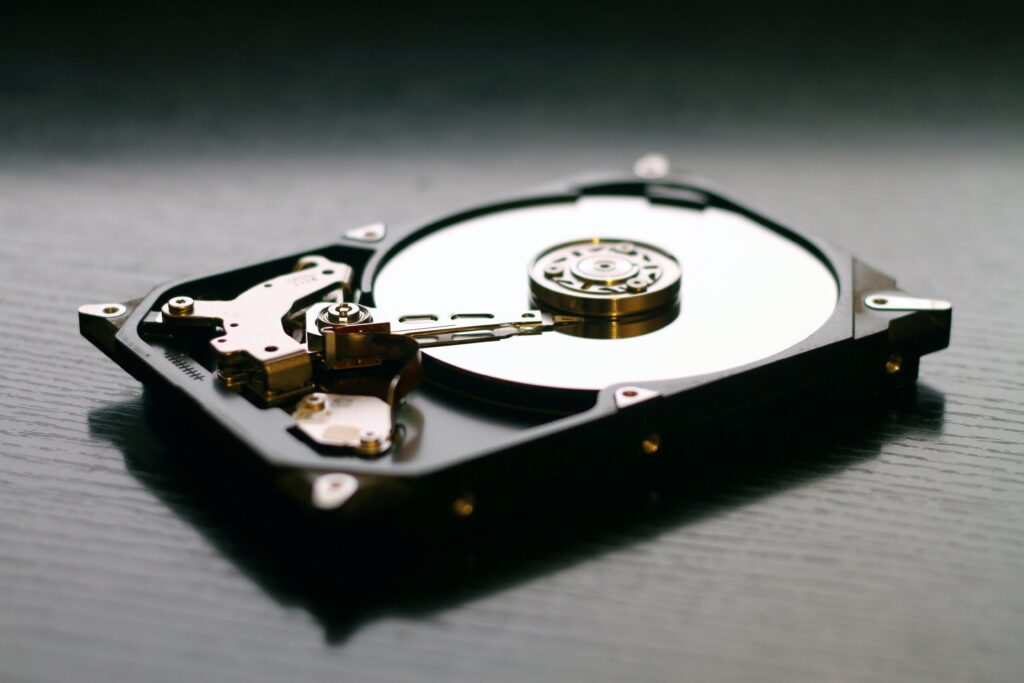
Hard Drive File Systems
Formatting a hard drive also allows you to select a type of file system. Having a file system determines what type of file your drive can read and write, along with how it’s arranged, sent, and received. There are multiple different system types. Which you choose very much depends on its capacity, individual file size, and your operating system.
FAT32 (File Allocation Table): Used in drives with less than 2TB capacity and individual files that are less than 4GB. Compatible with PC, Mac, and other types of media devices.
ExFAT (Extended File Allocation Table): Used in drives with less than 2TB capacity and individual files that are more than 4GB. Compatible with PC, Mac, and other types of media devices.
NTFS (New Technology File System): Used in drives with less than 2TB capacity and individual files that are more than 4GB. Compatible with Windows devices only.
How to Format
Before formatting your drive, we recommend you perform a simple back up of all the data that’s stored on it. You don’t want to end up accidentally deleting something important!
The process of formatting a drive consists of three main parts:
- Basic low-level formatting.
- Partitioning the drive to make it visible to your PC’s OS.
- Advanced formatting which creates new file systems on the drive.
There are different methods of formatting both your primary and secondary hard drive.
How to Format a Primary Hard Drive
Your primary drive is where your PC’s operating system is installed. This is selected during Windows installation.
Please note, if you are formatting your primary drive with an OS installed, it will delete your OS and all files that you have stored. To format a primary drive, you’ll need either a Windows OS startup DVD or a USB with the operating system installed on it.
Insert your chosen installation method into your PC and then reboot your system. The Windows Installer app should launch automatically on startup. Simply follow the on-screen steps, until you reach ‘Types of Installation’.
Here you’ll need to select ‘Custom: Install Windows Only (Advanced)’. You’ll then see a drop list of all the drives you have installed in your PC. Select the one you wish to be your primary drive > then ‘Format’ > then ‘Next’.
After this, you’ll receive a pop up warning that this will delete all the files on your drive, and you may want to go back and rescue anything important. Once the process is complete, your primary drive will have been successfully formatted, but you will need to reinstall your OS.
How to Format a Secondary Hard Drive
You’ll need to invest in a third-party software, such as MiniTool Partition Wizard or utilise built-in Windows tools, such as Disk Management.
In our example, we’ll be using Disk Management, which is a built-in tool on Windows.
To open Disk Management, press Windows + R to open the ‘Run’ window > then type ‘diskmgmt.msc’ in the pop up window > then ‘OK’.
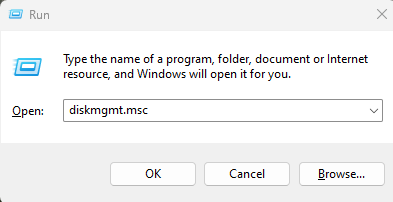
If you are trying to format a new hard drive, you’ll need to initialise it first, which you can do by clicking on the correct drive from the list and pressing ‘Initialise Disk’.
However, if it’s not a new drive, you’ll need to right click on your drive and select ‘Format’. Choose your volume label, file system, and allocation unit size for the partition, and then press ‘OK’.
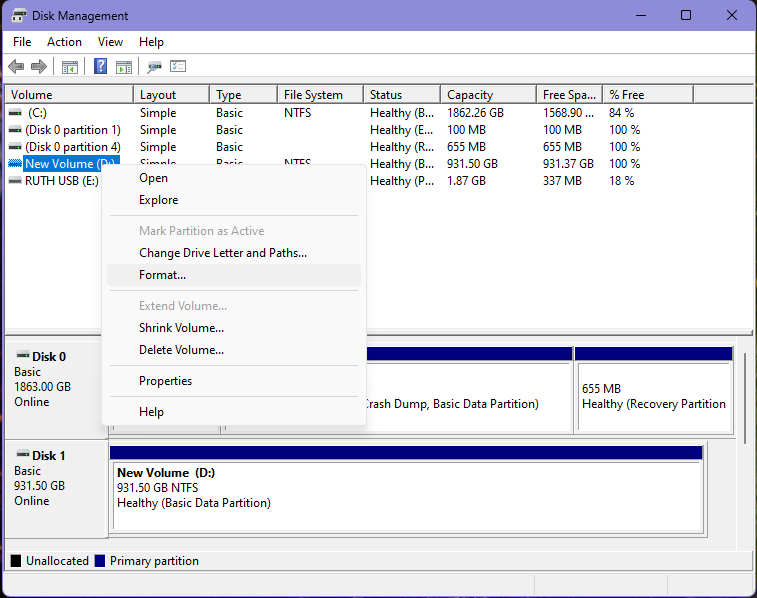
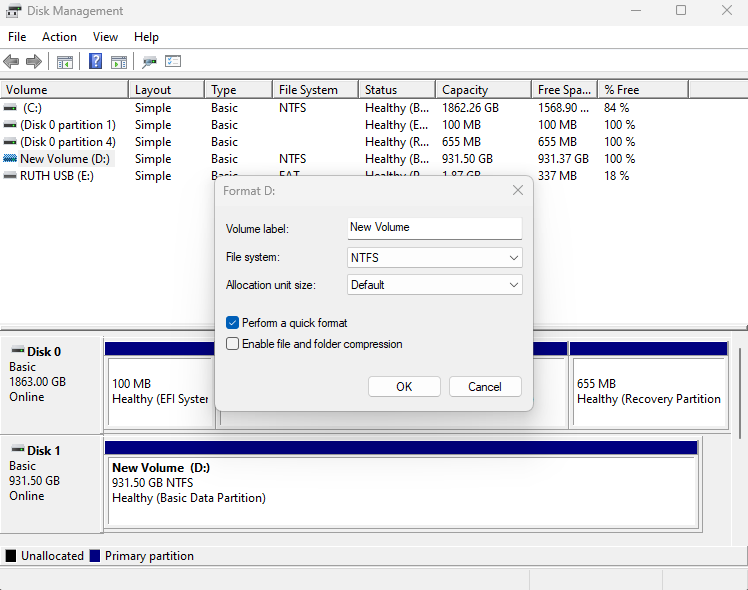
You’ll receive a pop-up warning, which will say that formatting your drive will erase all data you have stored on it. If you’ve performed a back up of your files already, click ‘OK’ to continue. If not, you might want to take this time to reconsider if you need to go back and save any files from the hard drive.
Upgrade Your Storage
At Overclockers UK, you can find a range of storage solutions, from hard drives to SSDs, perfect for if you’re looking to boost your PC’s storage capacity. Plus, you now know how to format your drive so you can get game ready even quicker!
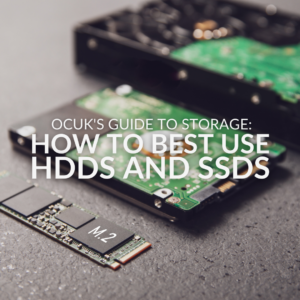
Plus, if you don’t know which storage solution is right for you, then check out our handy guide to storage. We cover the basics of each type of storage drive, their benefits, and how you can find which is right for you.
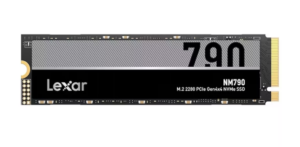
Lexar NM790 1TB NVMe PCIe 4.0 M.2 SSD:
- 1TB capacity
- 7400MB/s read speed
- 6500MB/s write speed
- PCIe Gen 4.0
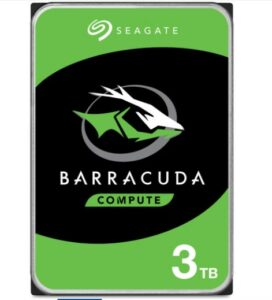
Seagate Barracuda 3TB Internal Hard Drive:
- Internal hard drive
- 3TB capacity
- 256MB cache
- 5400RPM speed
- 3.5”
Have You Formatted a Hard Drive?
Have you formatted a hard drive? Share your tips in the comments below to help make the process even easier for others.
